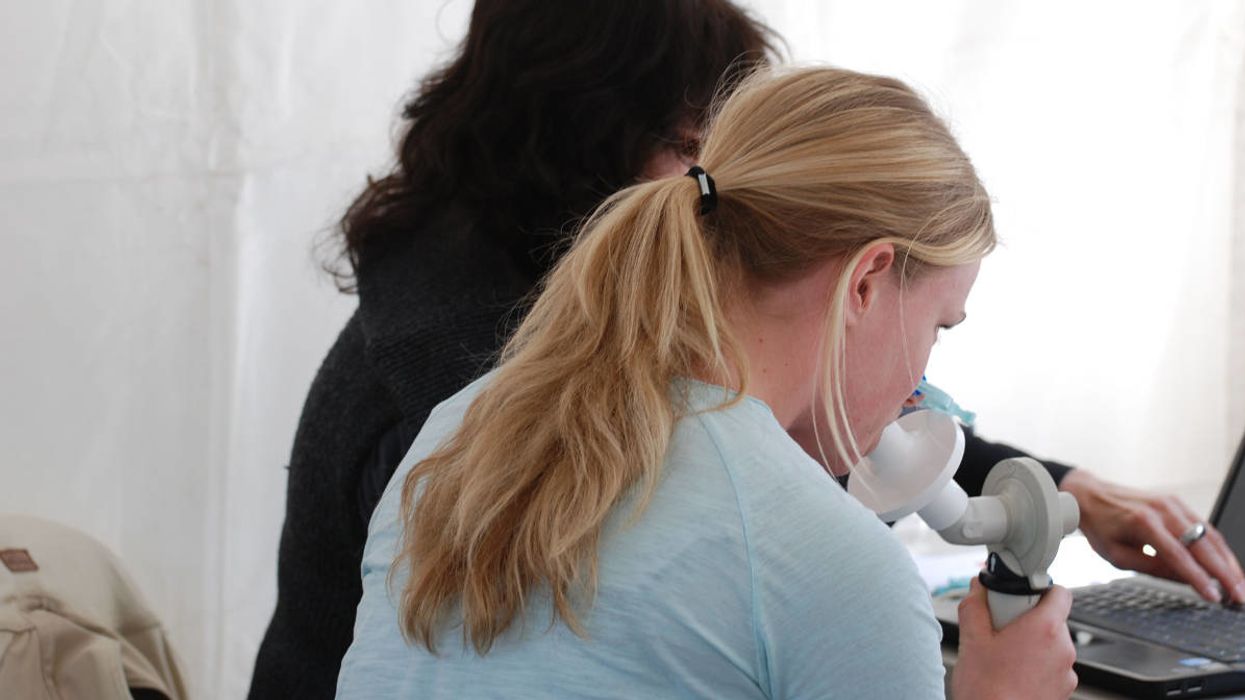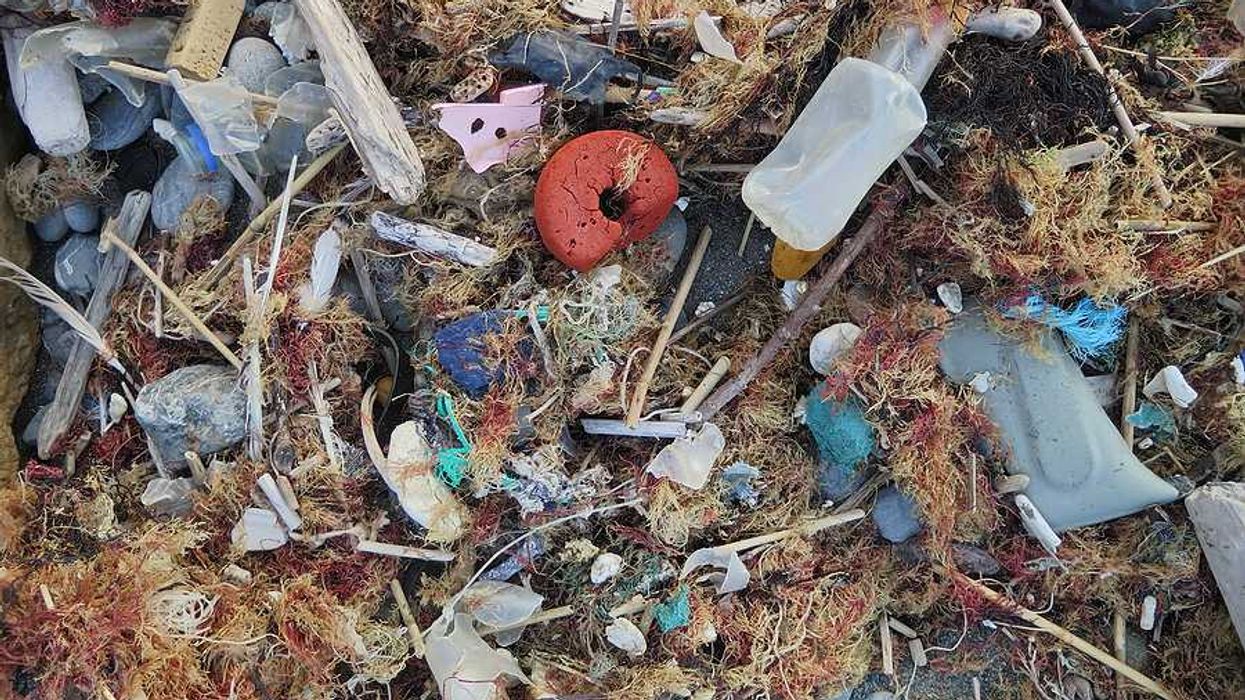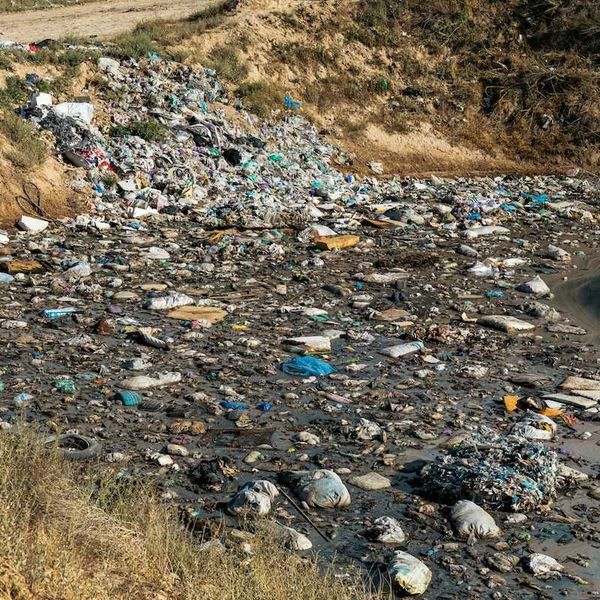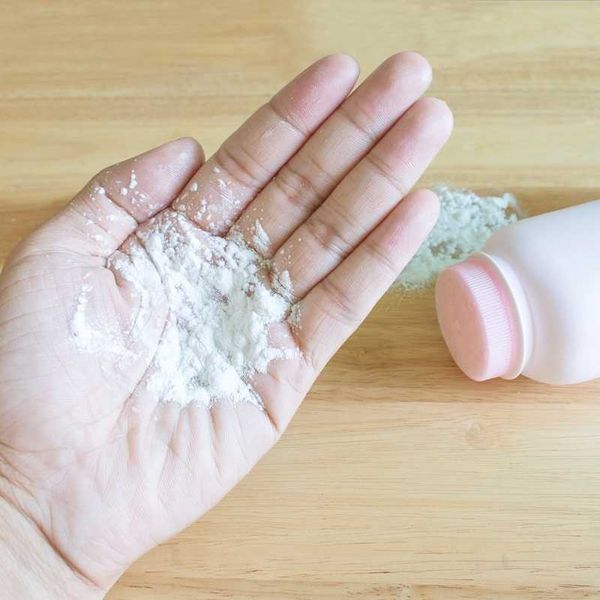Children exposed to three different chemical classes — parabens, phthalates and perfluoroalkyl substances (PFAS)—before birth and shortly after had reduced lung function at 6 and 12 years old, according to a study released today.
The study, published in The Lancet Planetary Health, examined more than 1,000 pairs of children and mothers in Europe and is the first to look at a broad suite of chemical exposure from before and after birth and its impact on child lungs. It suggests that some everyday compounds pregnant women and young children are consistently exposed to may lead to reduced lung function.
The findings are important, the authors write, because it shows by "stricter regulation and informing the public by labelling these chemicals in consumer products" we could "help to prevent lung function impairment, which in turn should prevent the development of chronic respiratory disease in adulthood." Low lung function in childhood can lead to persisent lung problems as an adult, such as chronic obstructive pulmonary disease (COPD).
Researchers measured 85 exposures during pregnancy and 125 during early childhood. The children had lung function tests at 6 and 12 years old. The scientists found two types of PFAS chemicals, five phthalate metabolite compounds, one paraben and the metal copper were linked to reduced lung function in the kids.
All of the compounds are widespread in the environment: PFAS are stain- and water-repellant chemicals found in cook wear, water repellent clothes, stain-resistant fabric and carpets and increasingly being found in U.S. water supplies; phthalates are found in hundreds of products including personal care products, detergents, diapers, vinyl flooring; and ethyl paraben is used to manufacture plastics, solvents and some personal care products.
It's not clear how the chemicals could be impacting lung development, however, previous animal studies found PFAS compounds induced inflammation and altered how airways functioned. Phthalates have previously been shown to affect the immune system development and induce inflammation.
The research had limitations: Though they found the associations with the certain chemicals, after they adjusted their results for the multiple tests run, none of the exposures were significantly linked to reduced lung function. A commentary on the study also published today said this limitation indicates "that a single exposure might only have a very small effect."
The commentary also said that, while the data used is the largest amount so far looking at these associations, it's still "relatively small."
Martine Vrijheid, researcher at the Barcelona Institute for Global Health (ISGlobal) and co-last author of the study, said their "multiple testing correction took account of the many associations tested in the study and is a conservative way of setting a statistical threshold. None of our associations were strong enough to cross this threshold but they did reach the statistical significance level usually applied in single exposure studies."
The impacts seen are "mainly a concern on a population level because exposure is widespread," she said.
Vrijheid added that the approach itself—looking at a large suite of dozens of chemicals exposures before and after birth— could chart a new path in teasing out how to prevent contaminants from impacting children's health.
This represents "a new paradigm in environmental health research," she said in a statement.
- 60% of Pittsburgh kids with asthma don't have their disease under ... ›
- “Green” children's products not always PFAS-free, warns new study - EHN ›
- Air pollution exposure during pregnancy linked to reduced lung function in kids: Study - EHN ›
- Back-to-school: Avoid PFAS in your kids’ backpack - EHN ›
- Phthalate exposure early in life linked to decreased motor skills later in childhood - EHN ›
- Phthalate chemicals found in popular olive oils - EHN ›
























